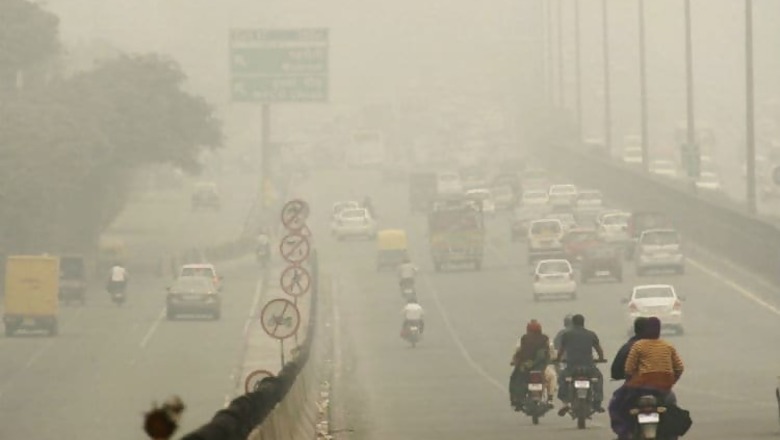
views
Washington: More than 5.5 million people die prematurely each year due to air pollution with over half of those deaths occurring in China and India, two of the world's fastest-growing economies, according to a new research.
According to scientists from the US, Canada, China and India, who presented their findings at the annual meeting of the American Association for the Advancement of Science (AAAS) here, conditions caused by air pollution killed 1.6 million people in China and 1.4 million people in India in 2013.
"Air pollution is the fourth-highest risk factor for death globally and by far the leading environmental risk factor for disease," said Michael Brauer, a researcher from the University of British Columbia.
Only high blood pressure, poor diet, and cigarettes kill more people every year than air pollution. "More than 85 per cent of the world's population lives in areas that exceed the World Health Organisation's 'safe level' of air pollution," Brauer said in a press briefing to announce the findings.
That study analysed health and risk factors such as air pollution that impacted 188 countries between 1990 and 2013. Scientists involved in the initiative say the statistics illustrate how far, and how fast, some nations must travel to improve the air their citizens breathe.
The report concludes that China and India, two of the world's most populous countries, have the filthiest air in the world.
In China, the dominant factor is particle emissions from coal burning. The project calculates this source alone is responsible for more than 360,000 deaths every year.
In India, the problem that draws particular attention is the practice of burning wood, dung, crop residues and other materials for cooking and heating. This "indoor pollution" causes far more deaths than "outdoor pollution".
And looking at the broad economic trends in India, the research team says the country runs the risk of having even poorer air quality in the future.
Scientists warn the early death toll will climb over the next 20 years unless the world does more to fight the problem. "In Asia, you have countries with very large populations that happen to be heavily polluted. You see trends in India, Bangladesh, and Pakistan where the air quality continues to worsen. In China, maybe things have stabilised, but they are very high," Brauer said.
"Also, in those countries the populations are ageing. People are getting older, so you have this greater prevalence of chronic diseases -- heart and lung disease and cancer that are affected by air pollution."


















Comments
0 comment